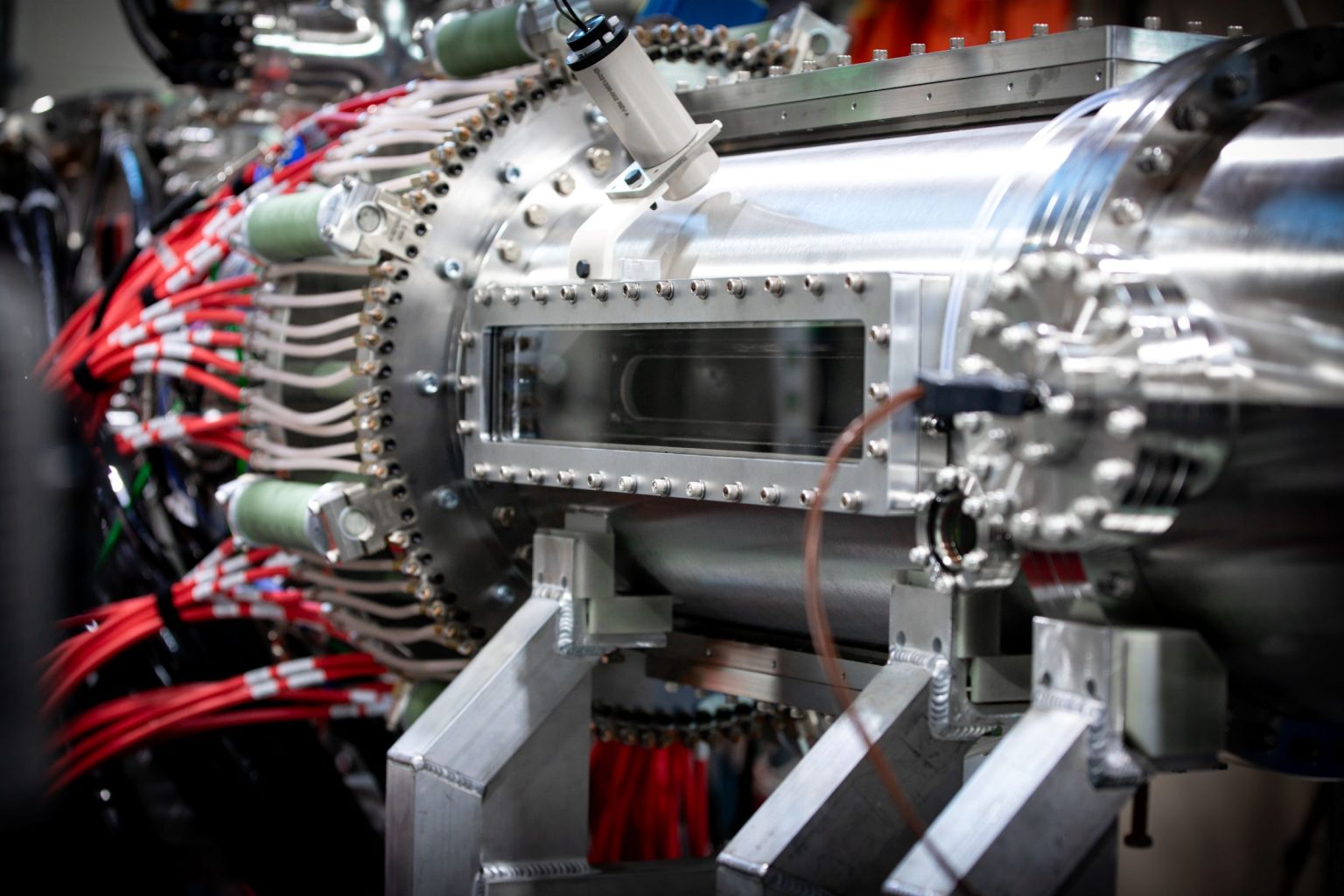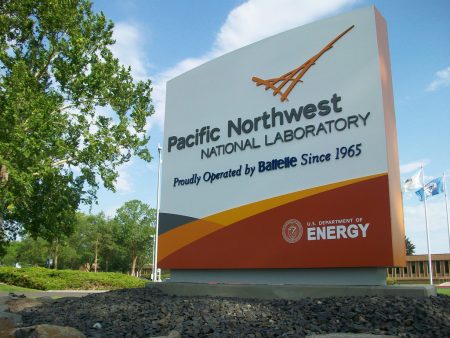Zap Energy’s Fusion Breakthrough: Pushing the Boundaries of Clean Energy
Zap Energy recently achieved a remarkable milestone in the quest for practical fusion energy, generating pressures approximately 10,000 times greater than atmospheric pressure at sea level—equivalent to ten times the crushing pressure found at the bottom of the Mariana Trench. “This is a proof of principle that was designed to hit a particular set of milestones and to validate the principle, and it did that with flying colors,” announced Ben Levitt, Zap’s head of R&D. This achievement represents a significant leap forward in the race to harness fusion energy, the same process that powers our sun. The Everett, Washington-based company is progressing rapidly, planning to commission its fifth fusion device next month—dubbed FuZE-A—while continuing operations on two existing machines: the FuZE-Q and FuZE-3, the latter being responsible for the recent pressure breakthrough. Zap’s ability to design and build new reactors in just six months has become their “superpower,” according to Levitt, enabling rapid iteration and continuous advancement in their fusion technology.
The global pursuit of fusion energy has intensified with dozens of companies worldwide working to unlock this potentially limitless clean energy source—often referred to as the “Holy Grail” of power generation. Fusion could provide the massive amounts of clean electricity needed for data centers, AI computations, electrified transportation, industrial processes, and climate control in buildings. While companies like Zap and neighboring Helion Energy in Washington state are approaching the challenge with different scientific strategies, the common goal remains the same: to efficiently combine light atoms under extreme conditions of temperature and pressure, releasing enormous amounts of energy in the process. Zap’s unique approach utilizes a Z-pinch method, running high currents through plasma to create magnetic fields that contain and compress the matter. This differs from Helion’s strategy, which is developing larger fusion generators and has begun construction on a commercial facility in Eastern Washington scheduled to begin operations in 2028. The contrast between these companies extends to their corporate philosophies as well, with Helion maintaining secrecy to protect intellectual property while Zap embraces transparency in sharing its scientific progress.
Zap Energy has committed to presenting their groundbreaking 1.6 gigapascal pressure milestone at the American Physical Society Division of Plasma Physics meeting in Long Beach, California, followed by submission to a peer-reviewed journal. “We’re going to share it in front of the entire fusion science community and in gory detail,” Levitt emphasized, adding, “So it’s not hot air, it’s hot plasma.” The company will also disclose details to the U.S. Department of Energy, which selected Zap for participation in the Milestone-Based Fusion Development Program in 2023. Having raised $330 million from investors, Zap now ranks as the 12th top startup in the Pacific Northwest according to the GeekWire 200. This level of financial backing and recognition underscores the confidence the scientific and investment communities have in Zap’s approach to fusion energy, despite the significant challenges that remain before commercial viability.
The technical innovation that enabled this milestone was surprisingly straightforward yet profoundly effective: splitting one of the two electrodes in the fusion generator that provide the energy needed to create and contain the plasma. This third electrode gave researchers a new “knob” to adjust, allowing them to significantly increase plasma compression. The resulting pressure achieved was ten times higher than previous efforts, continuing the exponential gains that have characterized new iterations of Zap’s technology. High-speed camera footage captured by the company shows a flash of plasma formed inside the FuZE-3 device, with a visible compression wave collapsing inward toward the column of fusion plasma—visual evidence of the extreme conditions being created within their machine. These dramatic images help visualize the incredible forces at work in the pursuit of controlled fusion.
Despite the impressive progress, Zap’s team recognizes that several orders of magnitude of additional improvement will be necessary before their system can produce enough energy to feed the electrical grid. The path forward isn’t linear but consists of punctuated leaps in capability as new innovations are implemented. When asked about timelines for achieving scientific breakeven—the point at which more energy comes out of the fusion reaction than goes into it—Levitt suggested this milestone might be possible by the end of the decade, though he emphasized the unpredictable nature of scientific advancement. The pressure breakthrough represents “great progress,” but as Levitt noted, “We’re not waving our flag and resting on our laurels.” This pragmatic approach highlights both the excitement surrounding recent achievements and the recognition of the immense challenges still ahead on the path to practical fusion energy.
The race to develop fusion energy represents one of humanity’s most ambitious scientific endeavors, with the potential to revolutionize our energy landscape by providing abundant, clean power without the radioactive waste associated with traditional nuclear fission. Zap Energy’s transparent approach to sharing their milestones contributes valuable knowledge to the broader scientific community, potentially accelerating progress across different fusion approaches. While commercial fusion power may still be years away, each milestone brings us closer to harnessing the same energy source that has powered our sun for billions of years. As companies like Zap continue their rapid development cycles, testing new configurations and pushing the boundaries of what’s possible, the dream of fusion energy transitions gradually from science fiction to scientific reality—a transformation that could ultimately provide the clean energy solution our planet so desperately needs in the face of climate change and growing global energy demands.















